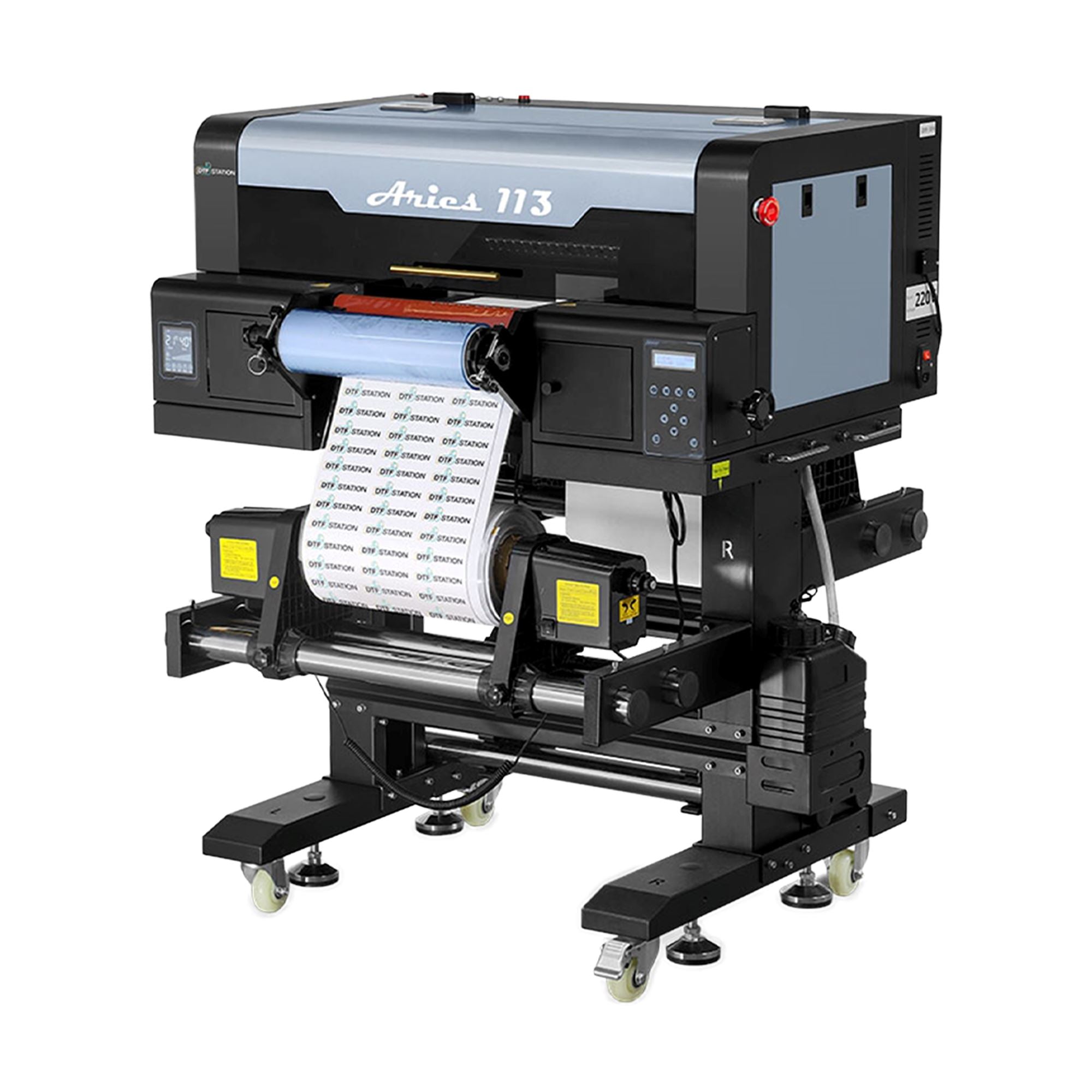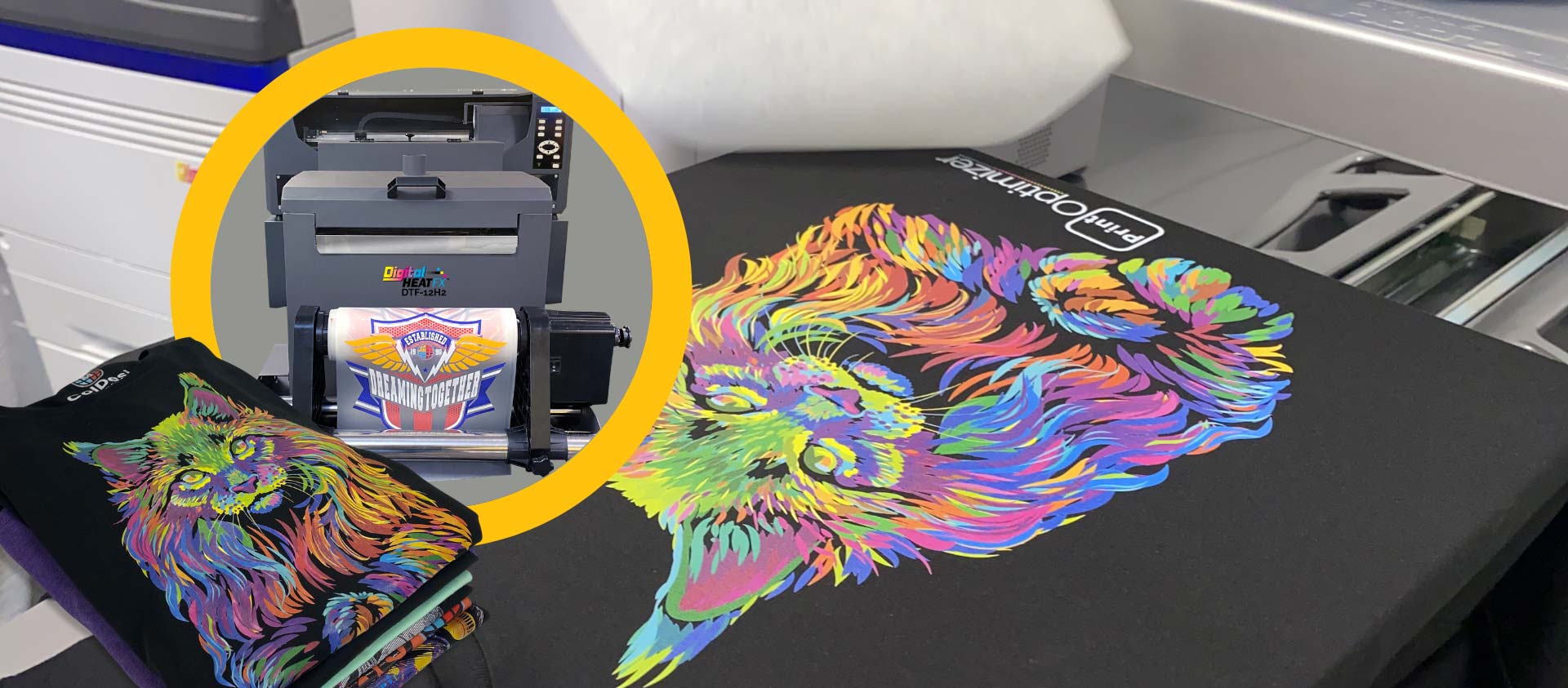The Future of Style: Discovering DTF Printing Modern Technology in the Textile Market
In recent times, the fabric market has observed a marked shift towards innovative innovations that are improving the landscape of fashion production. Among these innovations, Direct to Movie (DTF) printing modern technology has actually become an encouraging competitor, offering distinct abilities and possibilities for developers and manufacturers alike. This innovative printing approach has actually stimulated passion due to its potential to revolutionize standard textile printing procedures. As we look into the effects and possibilities of DTF modern technology in the realm of style, it ends up being obvious that its integration can redefine sector requirements and lead the means for a brand-new age of imaginative expression and performance.
Development of Textile Printing
Throughout background, the development of fabric printing has actually been a testament to the cutting-edge developments in this detailed art form. From the old people making use of strategies like block printing to the digital transformation of today, fabric printing has actually consistently pressed borders. The origins of fabric printing can be traced back to China around 220 ADVERTISEMENT, with the usage of wood blocks to publish on silk fabrics. As the craft spread to various other parts of the globe, new approaches such as screen printing and roller printing arised during the Industrial Revolution, reinventing the fabric sector - DTF Printing.
In the 20th century, advancements in modern technology caused the advancement of rotating display printing, permitting faster and extra complex layouts. The intro of digital fabric printing in the late 20th century marked a considerable shift towards even more versatile and lasting printing approaches. Today, with technologies like Direct-to-Fabric (DTF) printing innovation, designers can develop vibrant, thorough prints with higher efficiency and decreased ecological influence. The development of fabric printing showcases a rich background of imagination, resourcefulness, and technological development worldwide of fashion and design.
Benefits of DTF Innovation
With the advancement of textile printing techniques from ancient methods like block printing to modern innovations such as digital printing, the introduction of Direct-to-Fabric (DTF) innovation has dramatically boosted the effectiveness and sustainability of fabric printing processes. One of the main benefits of DTF modern technology is its ability to directly print styles onto textile without the requirement for transfer papers, which reduces waste and simplifies the production process. Furthermore, DTF printing permits better color vibrancy and information precision contrasted to standard techniques, allowing fabric producers to develop complex and top quality layouts easily.
Additionally, DTF technology is recognized for its adaptability, as it can be utilized on various kinds of textiles, including natural fibers like cotton, wool, and silk, along with synthetic materials such as polyester and nylon (DTF Printing). This adaptability opens a wide variety of opportunities for manufacturers and designers to try out different structures and materials, causing even more unique and cutting-edge items in the garment industry. Overall, the application of DTF modern technology represents a considerable development in fabric printing, providing various benefits that add to the future sustainability and creative thinking of the sector
Sustainability in vogue Production
Highlighting environmentally friendly techniques is vital in contemporary fashion production, aligning with the expanding customer demand for sustainable items. In the last few years, the garment industry has dealt with boosting analysis because of its significant environmental impact, consisting of extreme water use, chemical air pollution, and textile waste. As a response, lots of style brand names are now integrating lasting methods right into their manufacturing procedures to minimize damage to the environment.
Sustainability in style production includes numerous facets, such as using recycled and natural materials, lowering energy intake, implementing honest labor techniques, and advertising transparency throughout the supply chain. In addition, innovations in modern technology, like DTF printing, offer chances to additionally improve sustainability in fabric manufacturing. This modern technology makes it possible for specific printing on materials, reducing ink waste and water use contrasted to typical printing techniques.
Style Freedom and Modification

Furthermore, DTF printing promotes customization on a scale previously unattainable, enabling personalized garments and special items customized to private choices. Consumers can now actively get involved in the layout process, creating garments that reflect their style and character. This modification not just enhances the customer experience but likewise promotes a sense of exclusivity and uniqueness in a market filled with mass-produced clothing. Overall, DTF printing technology changes the style landscape in the textile market, offering limitless possibilities for creative expression and personalized style.
Impact on Supply Chain & Market Trends
DTF printing technology in the textile market is reshaping supply chain characteristics and affecting market fads with its performance and modification abilities. By allowing on-demand printing and getting rid of the requirement for big inventories, DTF technology enhances the supply chain procedure.
Additionally, the customization possibility of DTF printing modern technology is transforming the marketplace trends in the textile market. Customers significantly look for personalized and unique products, and DTF allows brand names to offer bespoke layouts cost-effectively. This customization capacity not just enhances client contentment but also opens up new chances for companies to provide to particular niche markets and differentiate themselves from rivals. Consequently, DTF innovation is driving a shift towards even more cutting-edge and customer-centric techniques within the textile market, forming the future of style.

Conclusion
To conclude, DTF printing technology is changing the fabric sector by offering many advantages such as design sustainability, flexibility, and personalization. This cutting-edge innovation is reshaping look at this site the future of fashion manufacturing, affecting supply chains, and driving market fads towards more green and effective methods. As the market continues to evolve, DTF printing will certainly play a vital function in shaping the method textiles are generated and eaten in the years ahead.
From the ancient civilizations making use of methods like block printing to the digital revolution of today, fabric printing has continuously pressed borders. As the craft spread to various other parts of the globe, new techniques such as screen printing and roller printing arised throughout the Industrial Revolution, changing the textile sector.
The introduction of digital fabric printing in the late 20th century noted a considerable shift towards even more lasting and flexible printing techniques.With the evolution of textile printing strategies from ancient approaches like block printing to modern advancements such as digital printing, the introduction of Direct-to-Fabric (DTF) technology has dramatically enhanced the performance and sustainability of textile printing processes (DTF Printing).In action to the vital change towards sustainability in style production, the adoption of ingenious innovations like DTF printing not only addresses ecological issues yet also opens up avenues for unequaled design flexibility and personalization in the textile industry